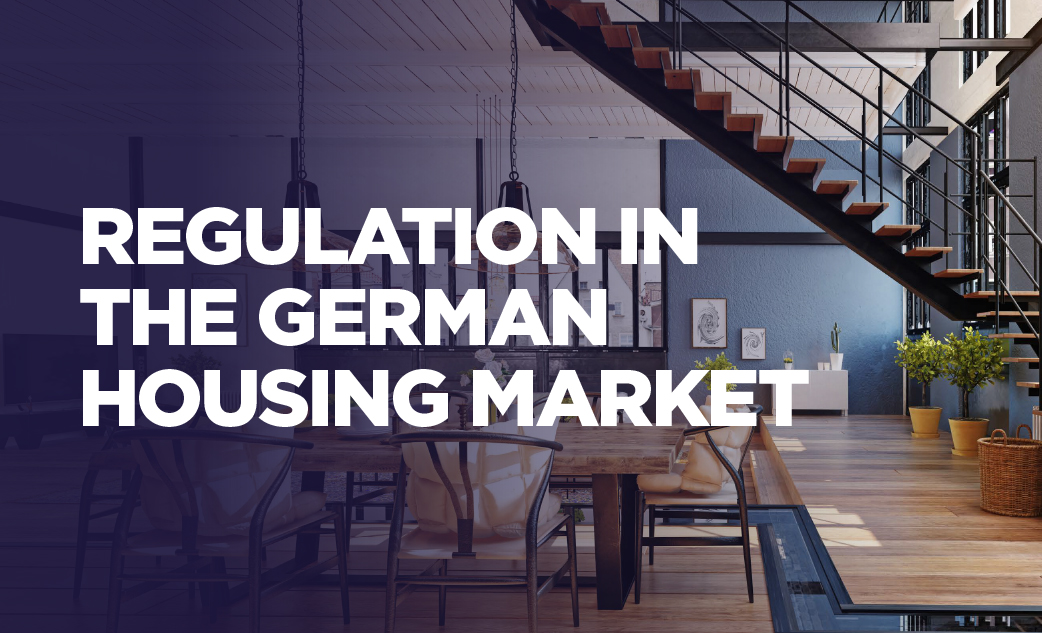With a transaction volume of EUR 1.7 billion, the care real estate market in Germany has shown itself to be stable with good levels of demand overall in 2022. The number of bids in transaction processes remains large, indicating high liquidity in the care home and assisted living market, accompanied by a concentration of many investors on these types of asset. These are the findings of the new “Care Real Estate Report 2023” by international real estate consultancy firm Cushman & Wakefield. Reluctance was seen in the development project segment. Investors are also focusing more strongly on the liquidity of operators and increasing ESG requirements.
Jan-Bastian Knod, Head of Healthcare Advisory, Head of Residential Investment, Cushman & Wakefield, explains: “The structural demand for assisted living is growing massively, while at the same time price increases and stricter requirements are putting pressure on operators. Nevertheless, care real estate remains of interest to investors.”
Investment market in 2022 and in Q1 2023
Care real estate has attracted many investors in recent years. In 2022, the investment market remained stable with good demand, although the second half of the year was more subdued: the impacts of rising costs, inflation and increasing ESG requirements were felt by project developers and operators alike. Investors also became more cautious. The transaction volume fell from EUR 415 million in Q1 2022 to EUR 265 million in Q1 2023.
The decline is mainly due to the uncertainty in the market, drawn-out transaction processes and the changed financing environment. In Q1 2023, demand for assisted living in particular was stable – the transaction volume here actually increased, to EUR 190 million. Nevertheless, the prime yield for nursing homes climbed from 4.2 per cent in 2022 to 4.4 per cent in Q1 2023, and Cushman & Wakefield expects yields to continue to rise over the remainder of 2023.
Progressive consolidation of operators
There is a steady consolidation among the major operators. The largest operator, Alloheim, increased the number of its care places from 24,600 (2021) to 26,800 (2022). Many operators, such as Korian, Alloheim and Johanniter, are not only among the largest operators of inpatient care, but are also leaders in the field of assisted living. Here, too, a progressive consolidation can be observed. Alloheim increased the number of its assisted living places from 6,100 (2021) to 8,600 (2022).
Operators under economic pressure
The operator market is going through difficult times. In 2022, one of the leading operators of care real estate, the Convivo Group, became insolvent. Other operators are also currently in insolvency proceedings, but in self-administration: Curata, Novent Holding as well as the Hansa Group and the Dorea family. 2023 will also be challenging for many providers – energy costs, inflation and the new tariff compliance law will contribute to this.
From the investors’ point of view, sustainable operating leases are crucial. After all, only through sustainable rental income can investors achieve a stable cash flow. Accordingly, the operator market is under special scrutiny. Investors are increasingly analysing operators and setting obligatory standard reporting obligations in leases – this gives investors a constant overview of the operational business and enables them to work together with operators on solutions in possible crisis situations.
Jan-Bastian Knod sums up: “The recent insolvencies of large operators are making investors more cautious, especially in inpatient care. However, the increasing operator consolidation also offer the opportunity for further professionalisation in the market: Strong and economically-healthy operators can take over less well-positioned ones and transfer their own efficiencies.”
Please find the full report here: Care Real Estate Report 2023






